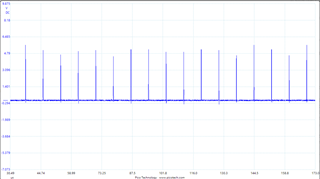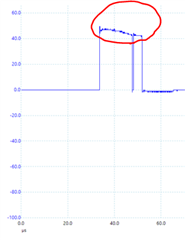Hi,
I've just been asked by your customer support team to restart this thread here. At the bottom is what I originally wrote.Since the first set of conversations with you, we had some new boards made using the high temp chip LM5116-HT and followed your layout guide, so there are some differences from before. However, we still have not been able to get it to work.
As stated below, I'm assisting with this problem as Roger (design engineer) is away. I'm able to send you any images/circuit designs you may need and do testing under your guidance.
We are really running out of time with this one and your quick assistance would be really really appreciated.
Happy to set up a call at anytime.
Jeff
+44 7771 767122
Hi there,
Jonathan Navor was recently in discussion with my colleague Roger Jefferies regarding some problems we were having with your LM5116HJD chip. The ticket # was CS0750042 but the problem never really got resolved (out fault)
The enable is correct, as is the UVLO and the SS voltage. There is a ramp signal at around 105kHz. There is something at the Ho pin but it does not turn the MOSFET on.’
Roger is currently away from work and i am assisting in working through the issue. I have boards in my possession but I'm no expert (mechanical engineer..). I can follow instructions and use a PicoScope, so i'm hoping we can make this work.
I did re-send the conversation to our 'service-now' address, but thought it also wise to create a new ticket. We have a fast approaching critical deadline and I'm really hoping you can help.
Regards,
Jeff



